January 05, 2018
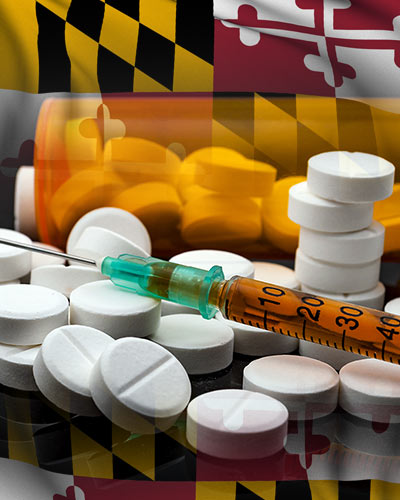
The opioid epidemic has been deadly for Maryland. In 2016, more than 2000 people in the state died from overdoses; in 2017, deaths rose another 40 percent, and deaths from the powerful synthetic opioid fentanyl were up nearly 140 percent. Last year, Gov. Larry Hogan declared a state of emergency in response to the opioid epidemic, saying the state needs an “all-hands-on-deck approach.”
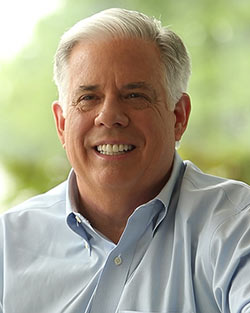
For more than a decade, the University of Maryland School of Medicine (UMSOM), in collaboration with the University of Maryland Medical System (UMMS), has been dealing with the epidemic, and has developed a range of innovative and successful efforts to help those who are struggling with opioid addiction.
UMSOM faculty are working in the community, and also doing key research on new ways to help those dealing with addiction and their families. Among the school’s projects in Baltimore and the state:
- Working with Emergency Department patients who come in with addiction problems;
- Developing viable needle exchange programs;
- Setting up programs to prevent overdose, using buprenorphine and other approaches;
- Providing support to doctors who prescribe buprenorphine to ensure they use it safely and effectively;
- Setting up programs that expand access to buprenorphine treatment in rural areas;
- Working with the VA to help addicted veterans;
- Training police officers, firefighters and members of the wider community to administer naloxone to patients who have overdosed.
UMSOM has been a pioneer in studying and using evidence-based approaches to opioid addiction treatment. This effort includes clinical treatment and education. These endeavors include several long-standing clinical service and research grants, as well as work on committees and task forces dealing with the opioid problem. This includes work with overdose prevention groups, Baltimore City’s Baltimore Buprenorphine Initiative, the state’s buprenorphine expansion committee, and national groups addressing substance abuse education. Faculty have testified often to legislators in Annapolis about Medication-Assisted Treatment (MAT), drug overdose and naloxone availability, as well as needle/syringe exchange and safe consumption spaces.
Clinical initiatives
As the first hospital-based MAT program in the state of Maryland (started four decades ago), UMMC’s drug treatment center has long embraced a tradition of combining rigorous approaches with comprehensive treatment.
Expanding Treatment in Rural Areas: Once limited largely to urban areas, the epidemic has spread to rural counties across the state. Generally, these areas have little access to treatment. In 2015, faculty members from the department of psychiatry launched a new initiative to increase access to treatment. Faculty work with the Wells House program in Hagerstown to provide buprenorphine treatment to patients by way of telemedicine, using videoconferencing calls. The program has expanded from four hours per week at one site to 14 to 16 hours a week at three different sites, each in a different county (Washington County, Garrett County and Caroline County). Preliminary data shows the approach works. The program hopes to expand these services, and is preparing an NIH proposal to expand to other states with rural addiction issues, such as West Virginia and Ohio.
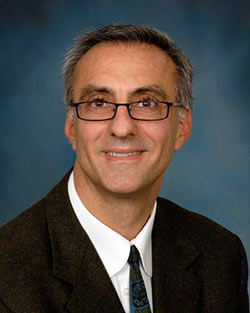
UMSOM will also expand its services for deaf patient struggling with addiction. This program, which has been in existence for 16 years, is the only one in the country.
MSOM also recently received funding from the state to help establish a program that provides universal screening, brief intervention and referral for treatment for patients at the University of Maryland Medical Center Emergency Department. The funding funds three peer recovery coaches, who help patients with signs of substance use disorders and refer them for treatment and follow-up.
Emergency Department Buprenorphine Initiative: UMSOM researchers recently received a $200,000 Open Society Grant to develop ways to engage patients in Medication Assisted Treatment (MAT) in Baltimore hospital emergency departments. So far, the program has been initiated in six hospitals, including University of Maryland Medical Center, with plans to expand to all city EDs by the end of the fiscal year. This work has been done in collaboration with the Mosaic Group.
Collaboration with VA addiction services: In the past year, UMSOM faculty have worked closely with the VA to take referrals of veterans in need of MAT. The VA programs are filled, and cannot offer MAT services to everyone who needs it.
Education
The Addiction Medicine/Psychiatry Fellowship program, the only one of its kind in the state, has graduated 48 fellows.
Several faculty members played a key role in city and state initiatives to reduce heroin-related overdose fatalities by delivering naloxone administration training to police officers, firefighters, and members of the community.
Tuerk Conferences: Every April, UMSOM co-hosts the Tuerk Conference on Addiction Treatment. This is the largest single-day addiction conference in the country, with 1,600 attendees. The conference is the main educational event for the Maryland region on addiction treatment.
UMSOM faculty have also held free meetings discussing issues surrounding mental health and substance abuse. In June, more than 450 people attended a UMSOM symposium, “Not All Wounds Are Visible: A Community Conversation about Mental Health and Substance Abuse.”
Research Programs
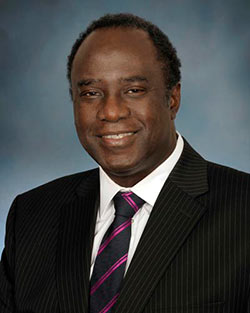
Faculty are currently conducting a long-standing research program exploring psychosocial interventions to augment MAT. UMSOM scientists will also soon begin research to investigate markers of molecular stress in people diagnosed with opioid addiction.
Policy
In 2015, Gov. Hogan established the Maryland Heroin and Opioid Emergency Task Force, appointing as a member Bankole A. Johnson, MD, DSc, professor and chair of the Department of Psychiatry. The task force released a report calling for increased support for programs that target drug traffickers, Vivitrol options for people in treatment for addiction, more training for law enforcement, campaigns to increase public awareness of opioid use, and naloxone training and distribution.
UMSOM faculty have also provided advice to state legislators on harm reduction strategies to reduce the opioid epidemic, including offering recommendations for safe consumption spaces.
Contact
Office of Public Affairs
655 West Baltimore Street
Bressler Research Building 14-002
Baltimore, Maryland 21201-1559
Contact Media Relations
(410) 706-5260
Related stories
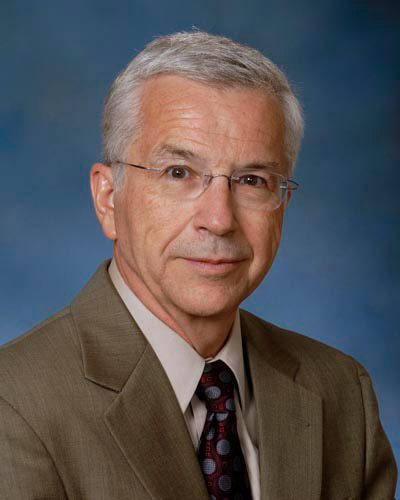
Tuesday, May 10, 2022
Longtime Academic and Clinical Affairs Leader, Department Chair, and Faculty Member, Tony Lehman, MD, Announces Retirement
University of Maryland School of Medicine (UMSOM) Dean E. Albert Reece, MD, PhD, MBA, announced today that Anthony Lehman, MD, MSPH, who served the UMSOM for more than 30 years as Senior Associate Dean for Clinical Affairs, Department Chair, and distinguished faculty member in the UMSOM Department of Psychiatry, will retire, effective June 30, 2022.

Friday, August 27, 2021
UM School of Medicine Study Finds Mobile Telemedicine Unit as Effective as Traditional Clinics to Treat Opioid Addiction in Rural Areas
Rural regions in the U.S. have been disproportionately affected by the opioid epidemic, while also having the fewest number of programs to treat opioid use disorder. In an effort to remedy this dire health issue, University of Maryland School of Medicine (UMSOM) researchers reconfigured a recreational vehicle (RV) as a telemedicine mobile treatment unit to determine whether it could provide effective screening and treatment to individuals with opioid use disorder in rural areas. Their research, published today in the Journal of the American Medical Association (JAMA) Network Open, found that the innovative approach to be as successful as traditional brick-and-mortar treatment clinics. The study also found a significant reduction in illicit opioid use among the majority of patients treated on the mobile unit, as well as sustained success in these patients continuing therapy to avoid relapse.
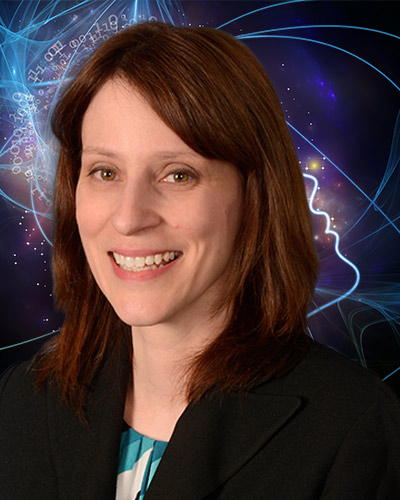
Thursday, February 27, 2020
UMSOM Department of Psychiatry Creates New Position to Strengthen and Support Research Program
Jill RachBeisel, MD, Interim Chair of the Department of Psychiatry at the University of Maryland School of Medicine (UMSOM), along with UMSOM Dean E. Albert Reece, MD, PhD, MBA, announced today that Gloria Reeves, MD, Associate Professor of Psychiatry, has been appointed to serve as the Vice Chair for Research of the Department.
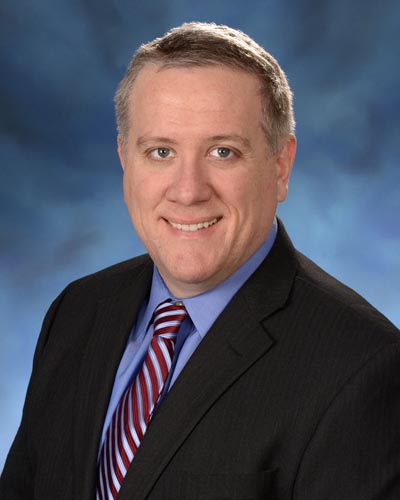
Thursday, January 16, 2020
University of Maryland School of Medicine Research Shows That Older Patients With Untreated Sleep Apnea Need Greater Medical Care
Obstructive sleep apnea (OSA) is a common and costly medical condition leading to a wide range of health risks such as cardiovascular disease, stroke, depression, diabetes and even premature death. Researchers at the University of Maryland School of Medicine (UMSOM) found that the medical costs are substantially higher among older adults who go untreated for the disorder.

Wednesday, November 20, 2019
Dr. Eric Weintraub Recognized as "Community Star" in Conjunction with National Rural Health Day 2019 for His Opioid Disorder Treatment Work
Eric Weintraub, MD, Associate Professor of Psychiatry at the University of Maryland School of Medicine and Head of the Division of Alcohol & Drug Abuse, was named “Community Star” by the National Organization of State Offices of Rural Health
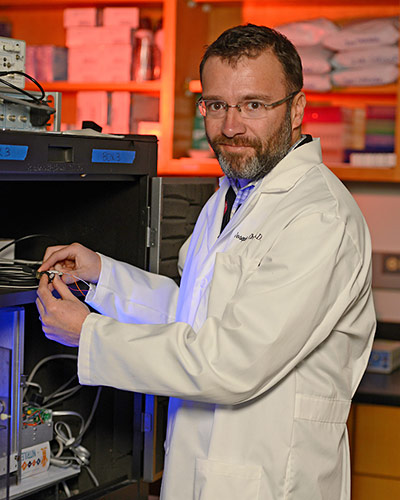
Wednesday, October 16, 2019
Researchers Discover Potential Therapy to Treat Detrimental Effects of Marijuana in Pre-Adolescent Individuals Exposed to THC in Womb
As a growing number of U.S. states legalize the medicinal and recreational use of marijuana, an increasing number of American women are using cannabis before becoming pregnant and during early pregnancy often to treat morning sickness, anxiety, and lower back pain. Although emerging evidence indicates that this may have long-term consequences for their babies’ brain development, how this occurs remains unclear.
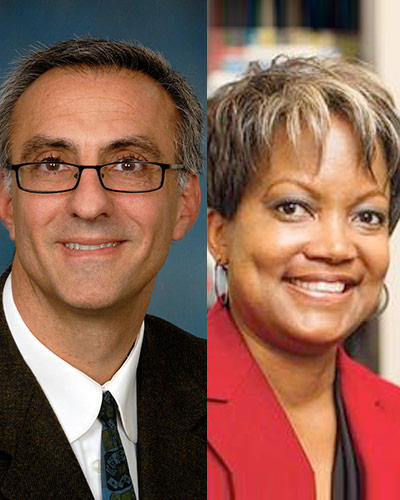
Thursday, May 16, 2019
Dr. Christopher Welsh (SOM, UMMC) and Dr. Michelle Gourdine (UMMS) have been appointed to an opioid addiction working group by Baltimore County Executive Johnny Olszewski.
Expert working group will lead public engagement effort to gather input and develop recommendations
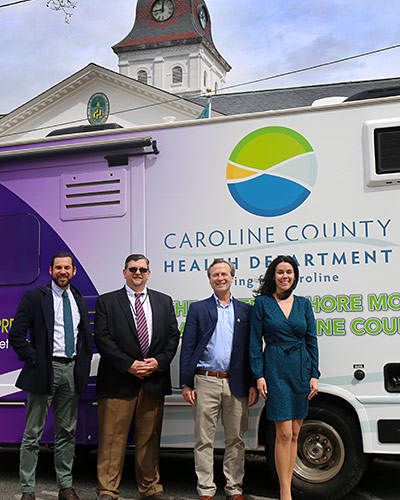
Thursday, April 04, 2019
Mobile Addiction Treatment Unit Serves Maryland Eastern Shore
Health and addiction treatment officials from the Caroline County Health Department, Maryland Department of Health, the Maryland Opioid Operational Command Center, and the University of Maryland School of Medicine (UMSOM) in Denton, MD., launched the Eastern Shore Mobile Care Collaborative (ESMCC), a mobile system designed to provide state-of-the-art treatment for opioid disorders for those in need on the Maryland Eastern shore.
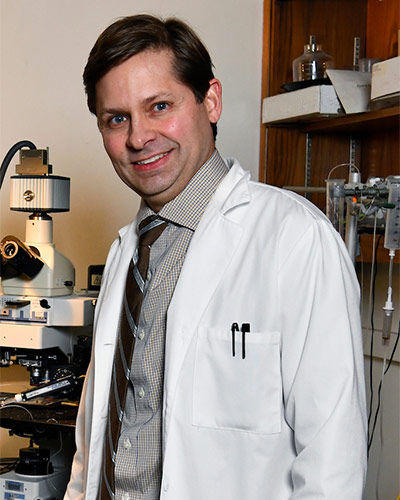
Wednesday, March 27, 2019
UMSOM Researchers Discover a Critical Receptor Involved in the Response to Fast-Acting Antidepressants Like Ketamine
Effective treatment of clinical depression remains a major mental health issue, with roughly 30 percent of patients who do not respond to any of the available treatments. Researchers at the University of Maryland School of Medicine (UMSOM) have discovered a crucial receptor called mGlu2 that is critical to the mechanism of fast-acting antidepressants such as ketamine when used to treat depression.
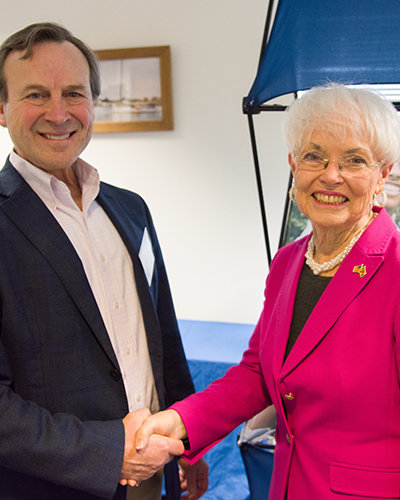
Wednesday, January 23, 2019
UMSOM'S Opioid Addiction Treatment Experts Receive Funding from CareFirst for Telemedicine Network
Addiction experts at the University of Maryland School of Medicine (UMSOM) received a $212,171 grant from CareFirst to expand access to medication assisted treatment (MAT) for opioid addiction via telemedicine to patients located on Maryland’s eastern shore.
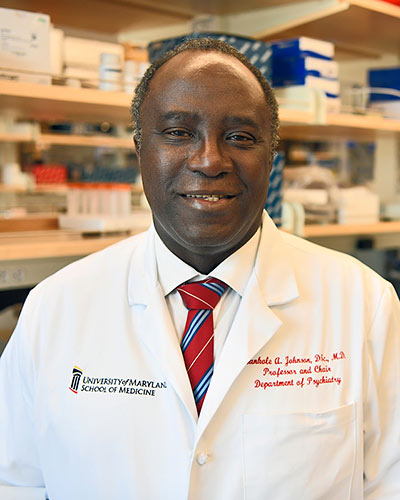
Tuesday, October 16, 2018
Bankole A. Johnson Receives Prestigious American Society of Addiction Medicine Award
Bankole Johnson, DSc, MD, the Dr. Irving J. Taylor Professor and Chair of the Department of Psychiatry at the University of Maryland School of Medicine (UMSOM), has been named to receive the American Society of Addiction Medicine’s (ASAM) R. Brinkley Smithers Distinguished Scientist Award.
Wednesday, June 07, 2017
Dr. Jill RachBeisel Named Vice Chair for Clinical Affairs in UM School of Medicine’s Department of Psychiatry
Bankole A. Johnson, DSc, MD, MBChB, The Dr. Irving J. Taylor Professor and Chair for the Department of Psychiatry, Professor of Pharmacology, Anatomy and Neurobiology, along with UM SOM Dean E. Albert Reece, MD, PhD, MBA, announced today that Jill RachBeisel, MD, Associate Professor of Psychiatry, has been named Vice Chair for Clinical Affairs for the UM SOM Department of Psychiatry, commencing at the start of the next academic year.

